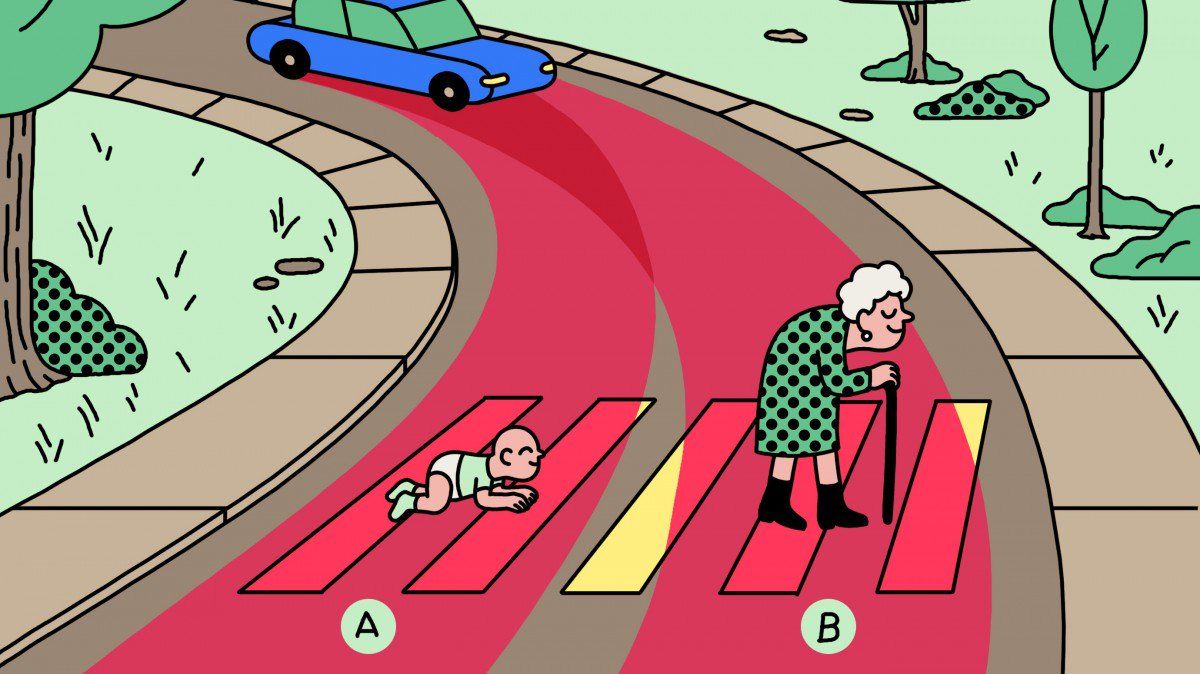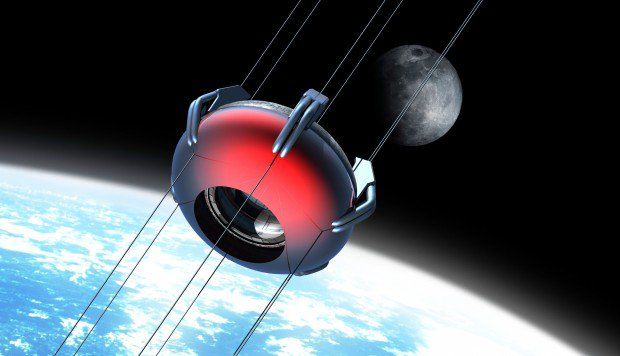These fragrances were dreamed up by Waton’s creative cousin, Philyra.
It has no nose, and yet it must sniff.

The ISS captured this massive lightning storm over China.

In the spirit of Halloween, where ghouls, ghosts, and vampires walk among us, our perception of reality will soon transform as well, forever possessed by the specter of Transhumanism!
Last year, I wrote about how people could transform themselves into one of my favorite horror creatures—a real-life werewolf—using modern science and tech. This merely scratches the surface, however, in terms of how far an individual can go. In a Transhumanist future, you’ll be empowered to not only question the extent of your humanity but equally put those questions into action.
The route one would be able to take would be in abundance. Some will choose a cybernetic route, replacing their organs and limbs for artificial machines, and even potentially adding newer organs and limbs alongside the ones they already have. Others may choose a more biological route by using gene-editing tech and synthetic biology, enhancing themselves at the genetic level and using stem cell therapies to maintain their bodily health for prolong periods of time.
And then there are those who’ll attempt to move far beyond their biological or technological state. Technologies like nanotech, mind uploading, etc. will allow individuals to downscale their physical appearance—or, perhaps, do away with it altogether; to become beams of light cascading across the digital world, living under the embodiment of code. And wherever that code resides, that’ll be your exterior shell. If you were to upload yourself into a smart home, for example, you would become that home, haunted by your digital presence.

For a remarkably social species, we’re not particularly effective communicators.
Finding the right words to clearly, efficient transmit our thoughts to another consciousness—even something as simple as driving directions—can be a challenge, especially in-the-moment and under pressure.
What if we could do away with words altogether? What if, rather than relying on an intermediary, we could directly transmit our thoughts through a digital, internet-like space into another mind?



This article is the latest addition to the U.S. Army TRADOC G2 Mad Scientist Initiative’s Future of Warfare 2030–2050 project at Small Wars Journal. Based on ideas developed in the SciTech Futures Technology Foresight Game: Bioconvergence and the Soldier of 2050, which was conducted by the University of Southern California’s Institute for Creative Technologies. Supported by the SciTech Futures Technology Effort under the office of the Deputy Assistant Secretary of the Army (Research & Technology). The views and opinions of authors expressed herein do not necessarily state or reflect official views or policies of the United States Army.
THE YEAR IS 2042…
The US and its remaining NATO allies are engaged in a limited war with the Mektigfolk, an ultra-nationalist techno-state that emerged from northern Europe during the reactionary upheavals that swept the continent in 2026.
